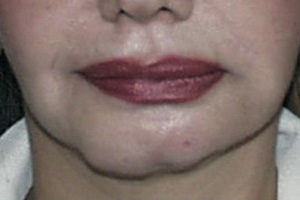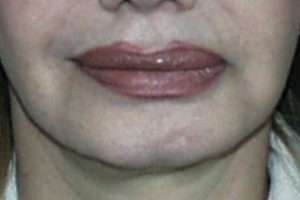The Main indications for facial fillers are glabellar vertical frontal lines, deep nasolabial folds, lip augmentation, lost of facial fat tissue, chin augmentation and nasal corrections, among others.
In such cases, facial fillers appear to provide more “real-time” results, not characterized by extensive swelling, like in conventional surgery.
Facial fillers can be classified into one of the following categories: short lasting, semi permanent and permanent.
The following are examples of the most common synthetic products: hyaluronic acid, calcium hydroxylapatite and polymethilmetacrilate.
Attention to patients: All brands have to be approved by FDA or local government office according to specific country sanitary regulations.
It is very important to stress the accurate indications and determine which areas of the face may best be suited for fillers and which ones may be appropriate for other rejuvenating procedures.
Moreover, facial fillers can be considered as a nice complement to surgical rejuvenation procedures such as facelift and non-invasive treatments like chemical or laser peels.
All procedures are performed with local anesthesia on an outpatient basis.
Case Nº 1. Frontal statics lines corrected with 2 cc. hydroxylapatie semipermanent filler, 10 months post op.
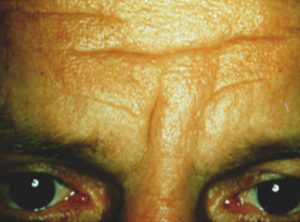
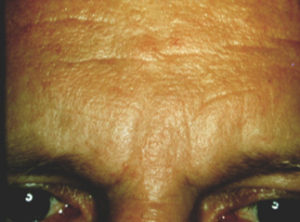
Case Nº 2. Pre and post of vertical deep crease filled with hydroxylapatite filler, 10 months post op.
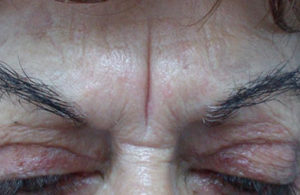
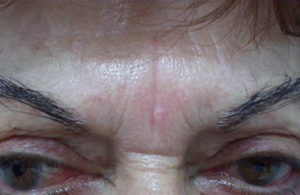
Case Nº 3. Nasolabial folds corrected with hyaluronic acid, 6 months post op
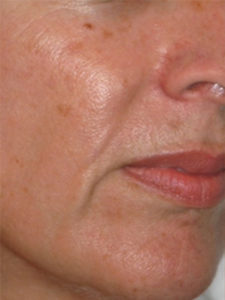
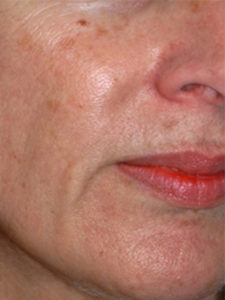
Case Nº 4. Upper and lower Lip augmentation with 1 cc of hydroxylapatite in each lip.
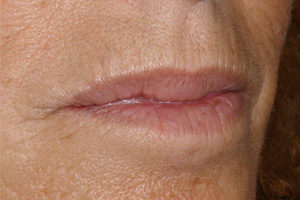
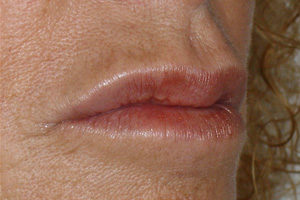
Case N° 5. Lip augmentation and asymmetry upper lip correction with 1 cc. facial filler. Lower lip was enhanced as well.
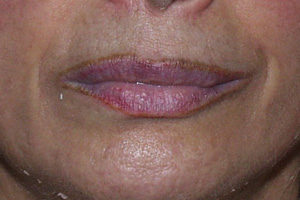
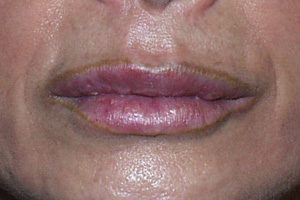
Case N°6. Chin asymmetry correction after solid implant removal. Treated with 2 cc of hydroxylapatite filler.
